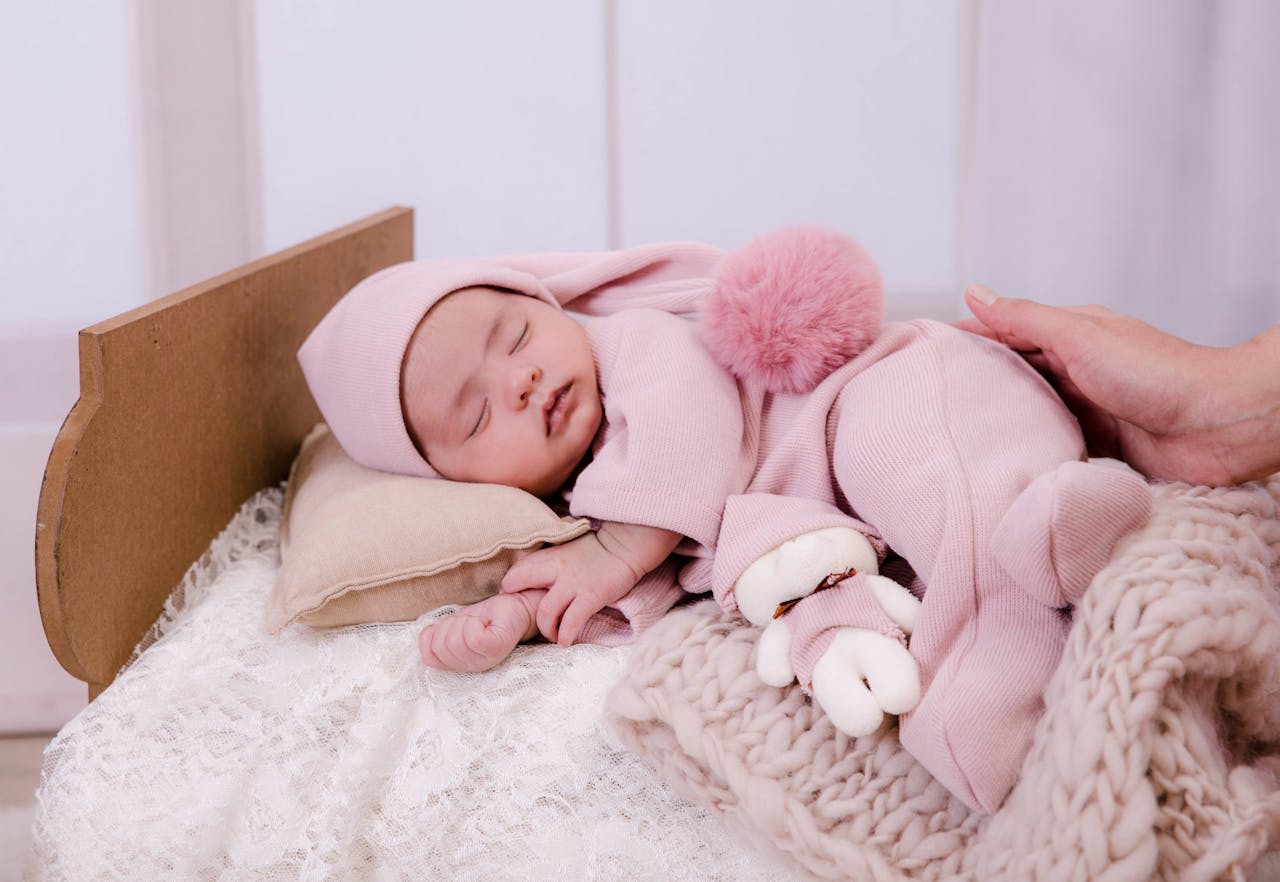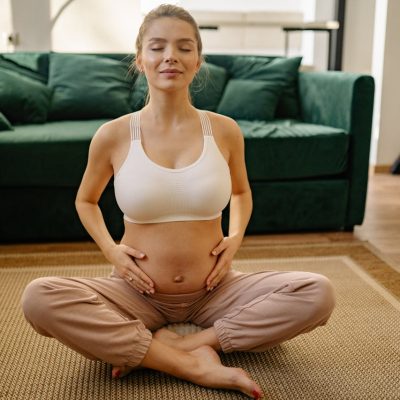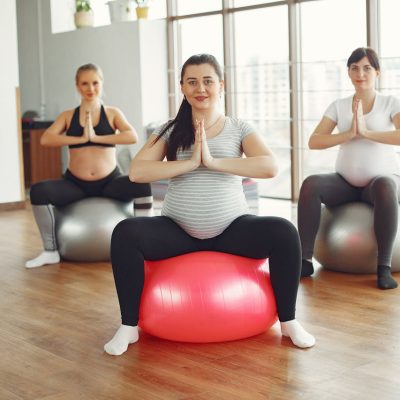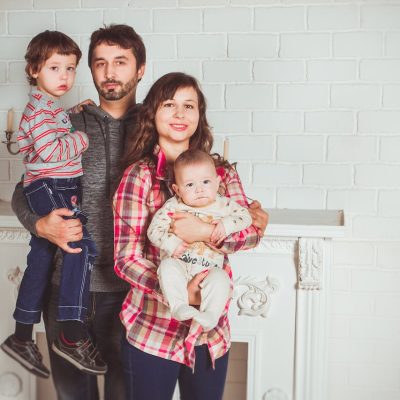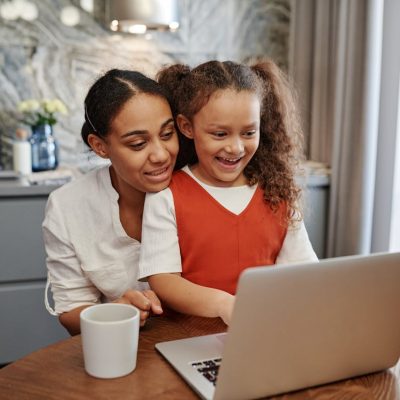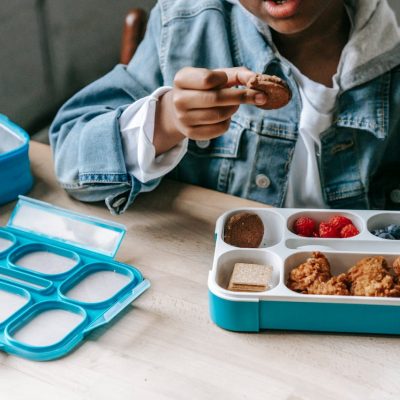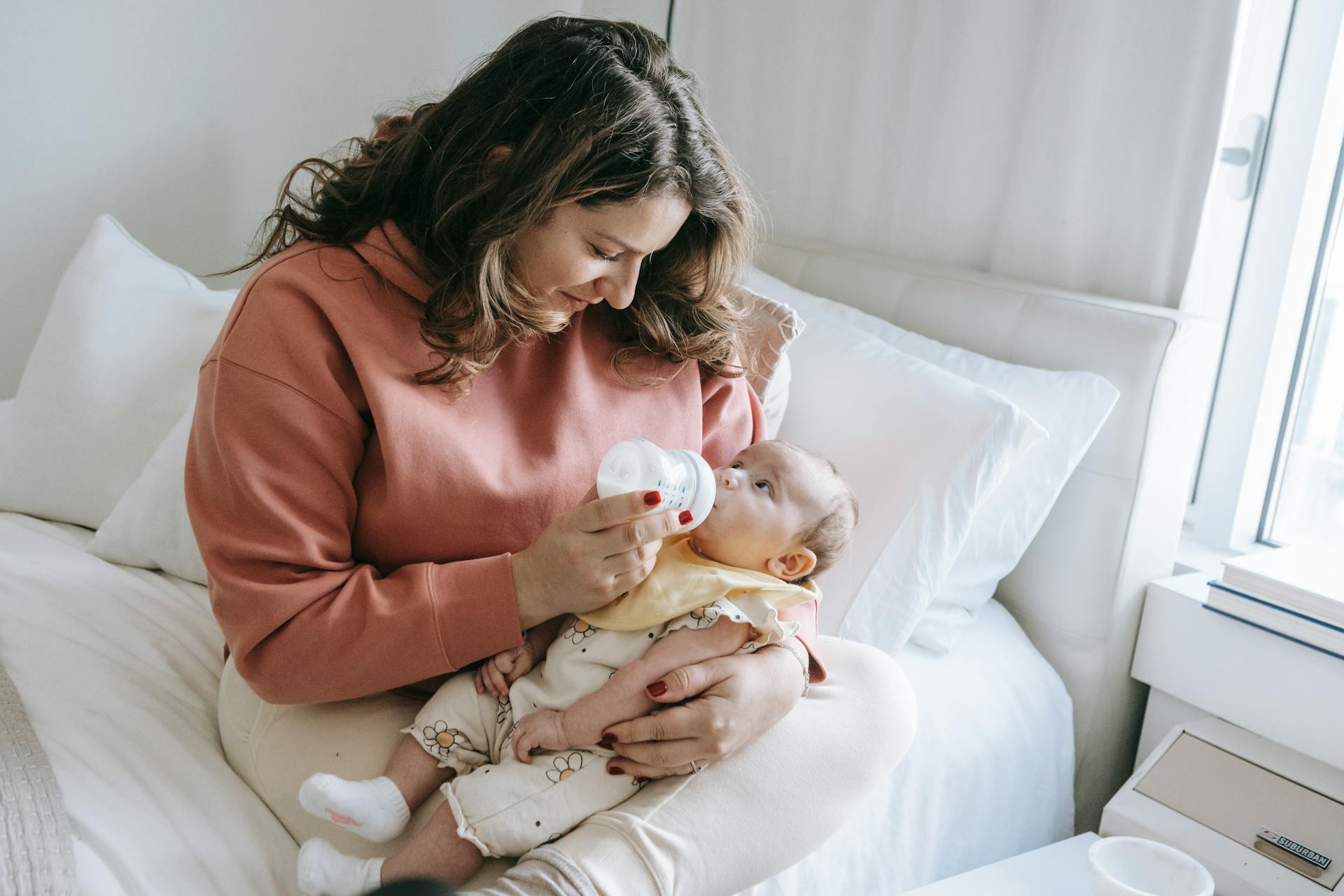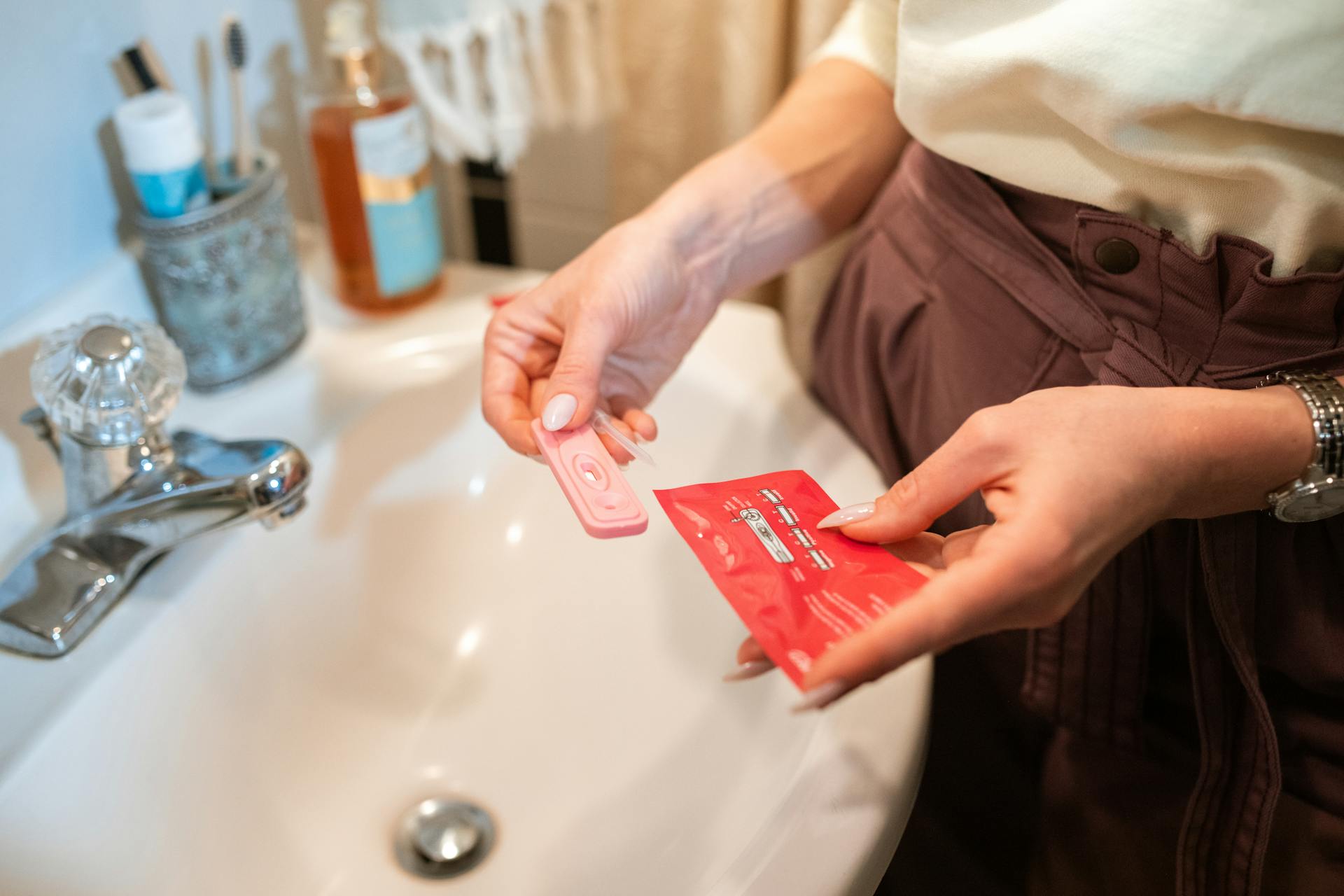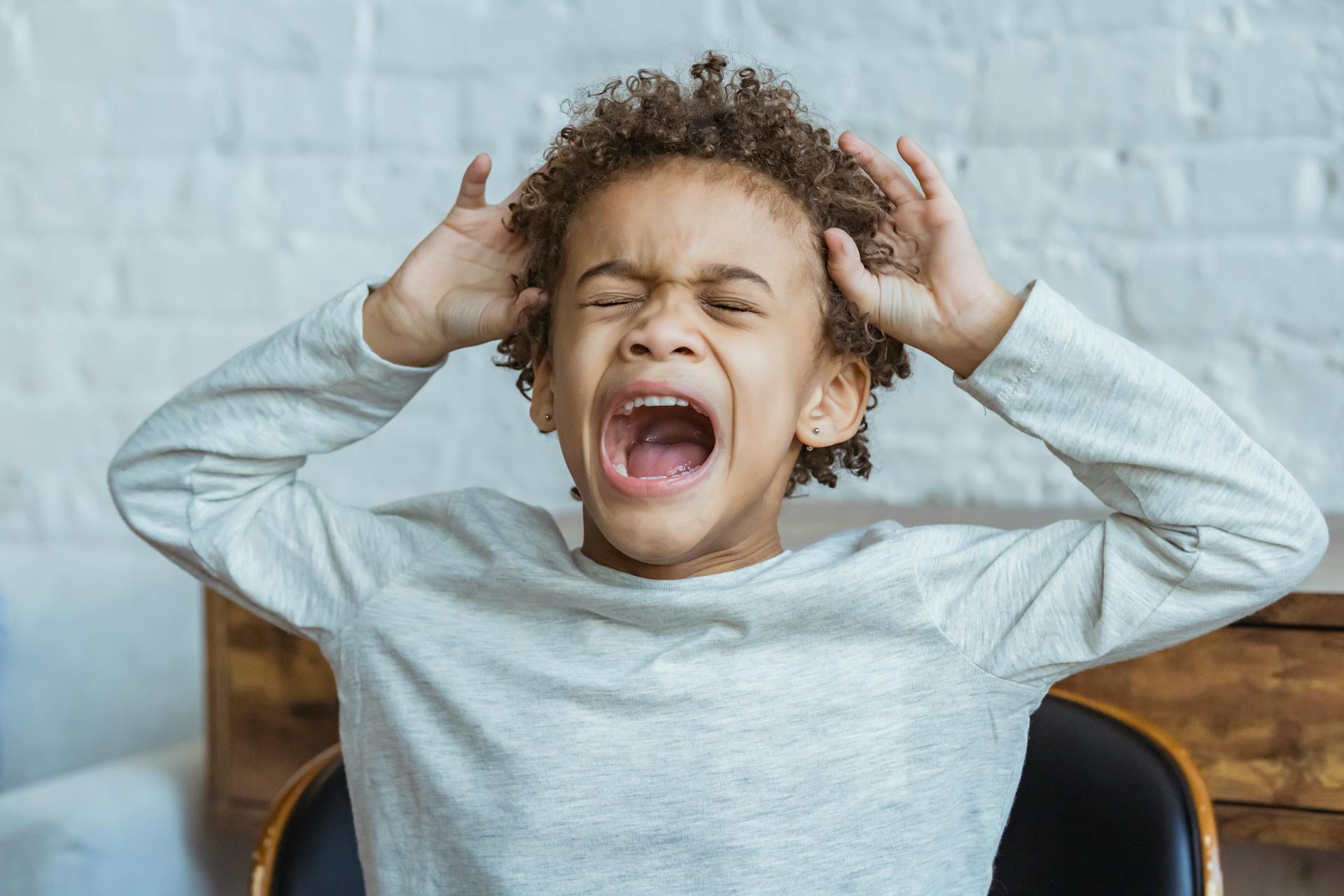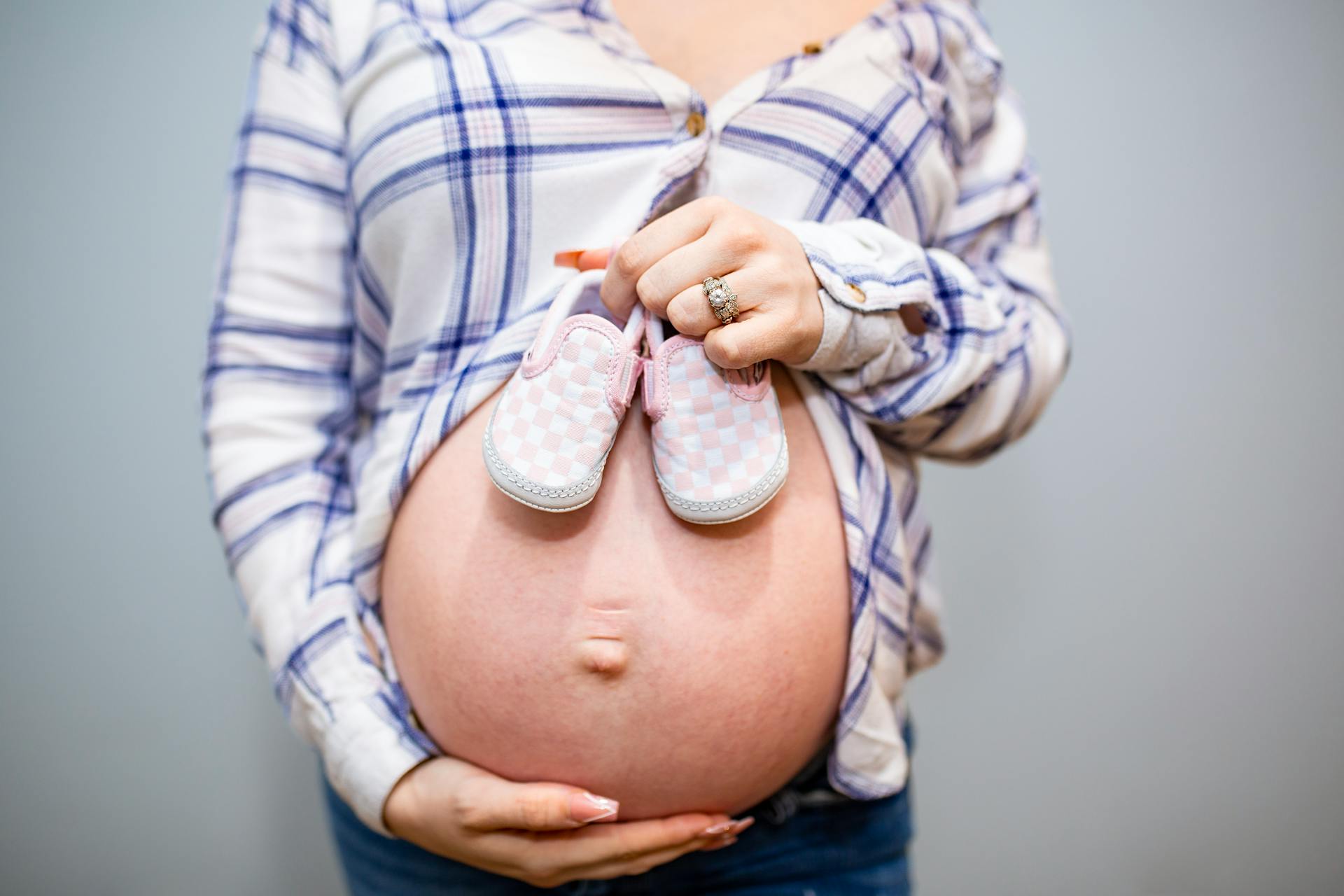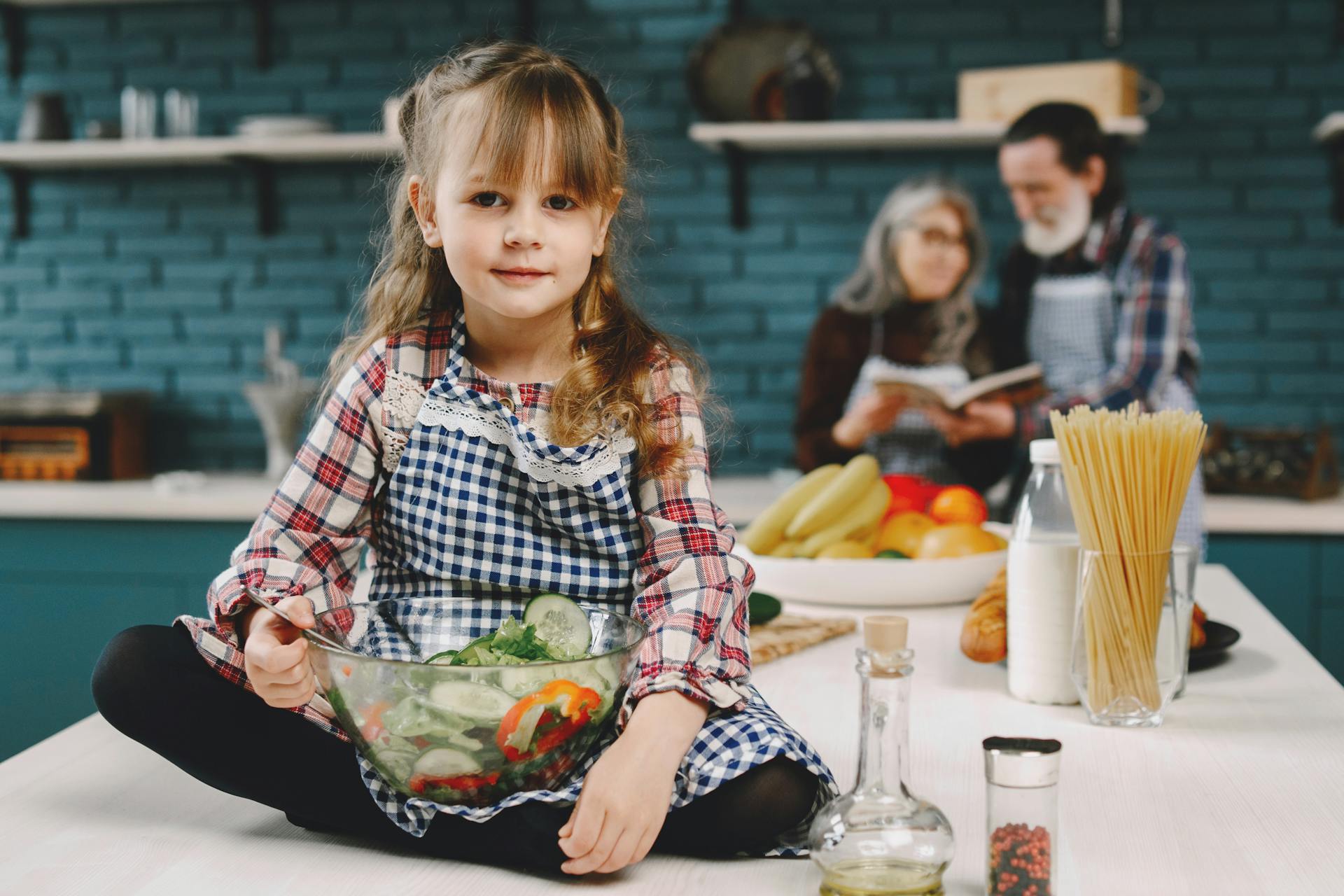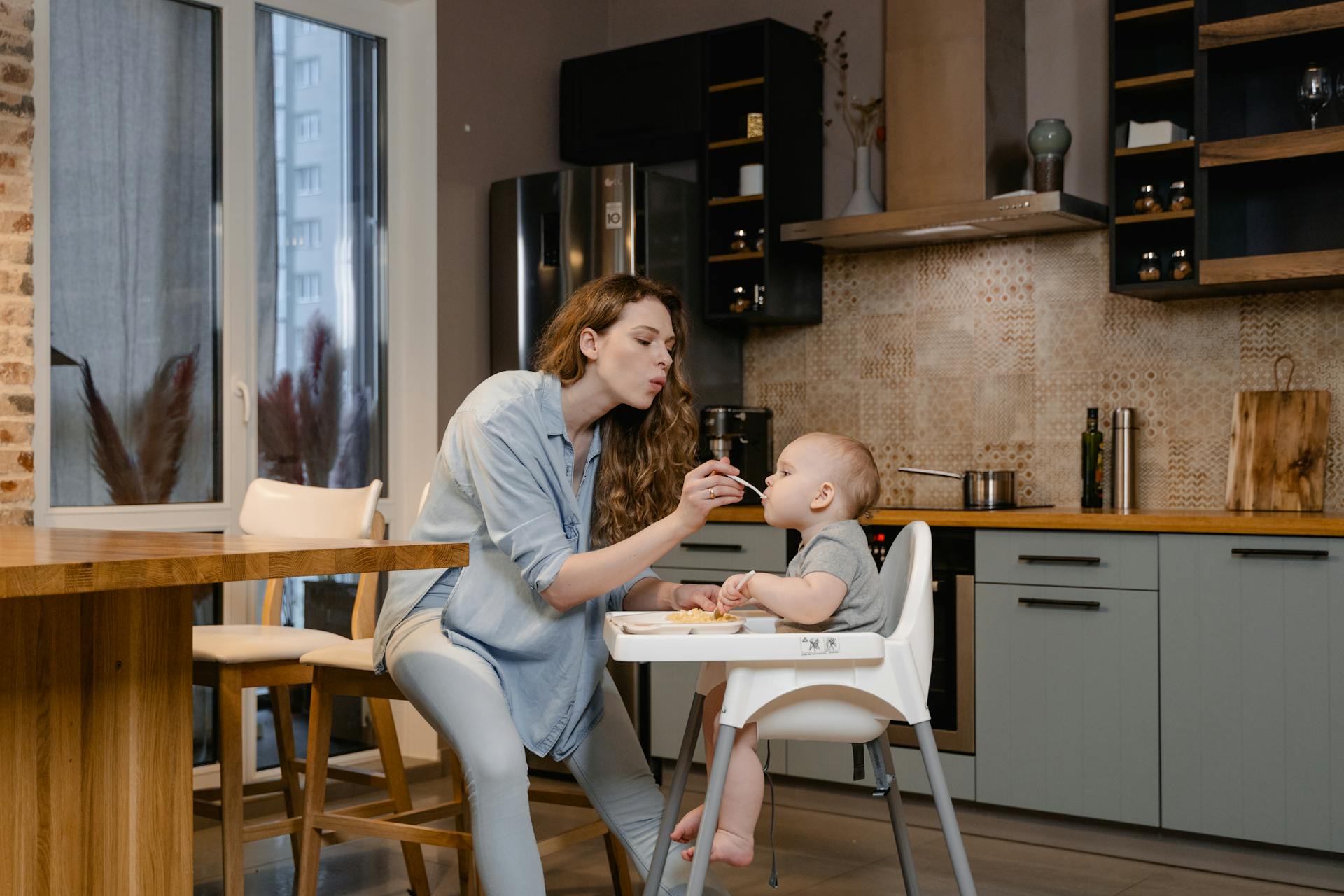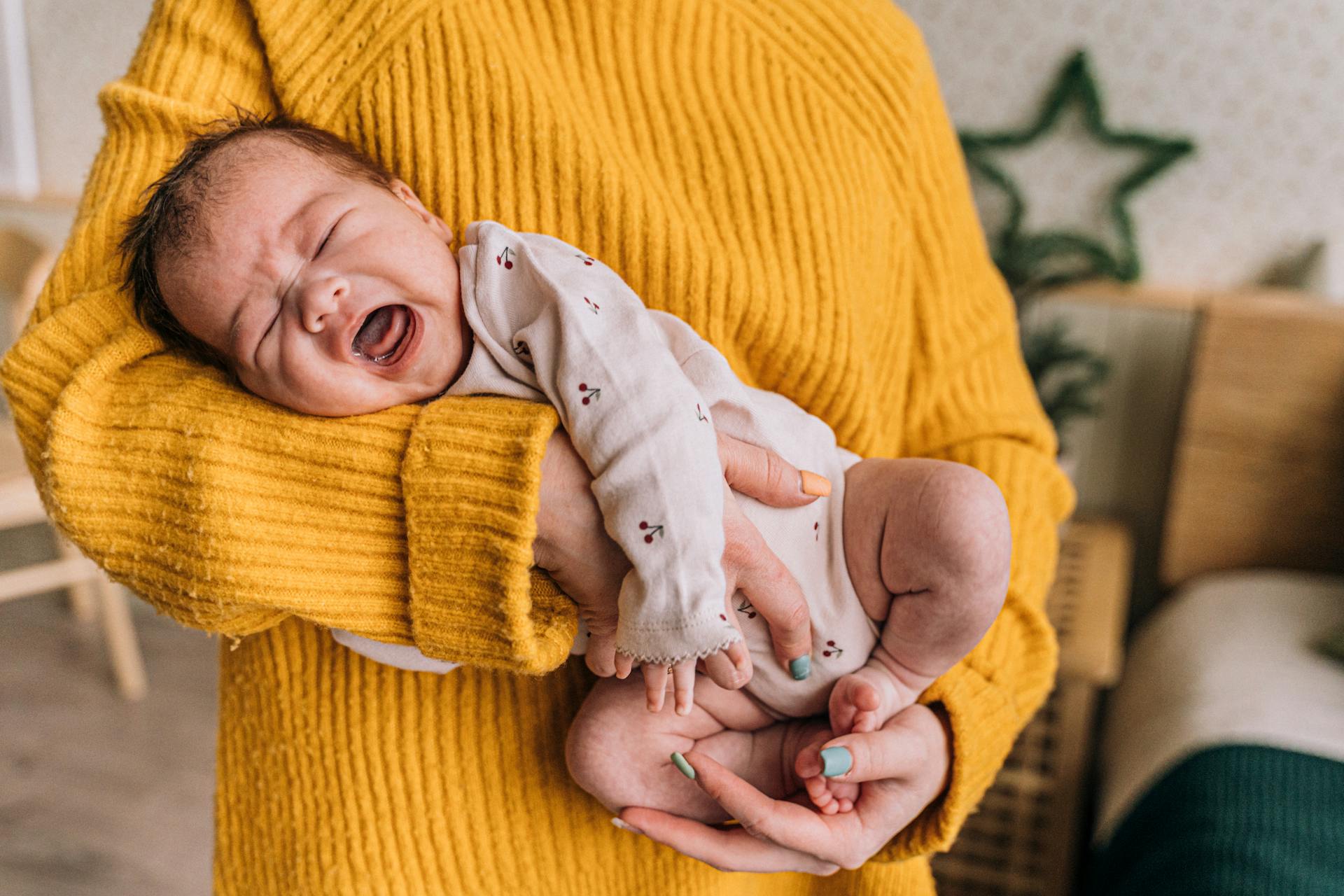Dressing your baby for sleep is more than just a bedtime routine—it’s a vital part of ensuring your baby stays comfortable, safe, and well-rested throughout the night. New parents often wonder how to properly dress their newborn or infant, especially when seasons change or room temperatures fluctuate. This guide provides real, practical, and SEO-optimized insights into how to dress baby for sleep, ensuring peace of mind for parents and restful sleep for little ones.
Why It Matters: The Importance of Dressing Baby for Sleep
Babies can’t regulate their body temperature as effectively as adults, making it crucial to dress them appropriately for sleep. Overheating increases the risk of Sudden Infant Death Syndrome (SIDS), while being too cold can lead to discomfort and frequent waking.
Factors to Consider When Dressing Your Baby for Sleep
1. Room Temperature
A comfortable room temperature for a sleeping baby is between 68°F and 72°F (20–22°C). Use a room thermometer to monitor conditions.
2. Fabric and Breathability
Always opt for soft, breathable, and natural fabrics like cotton. Avoid materials that trap heat or irritate the baby’s skin.
3. Baby’s Age and Stage
Newborns may need different sleepwear than older infants. As babies grow and become more mobile, their sleepwear may need to adapt.
4. Swaddling vs. Sleep Sacks
Swaddling is best for newborns up to 2 months. Once babies show signs of rolling, it’s time to transition to a sleep sack or wearable blanket.
How to Dress a Newborn for Sleep
For newborns, start with a cotton onesie and add a swaddle or sleep sack, depending on whether swaddling is appropriate. Ensure the swaddle is snug but not too tight, especially around the hips and chest.
Example for a 70°F room:
- Cotton onesie
- Swaddle or light sleep sack
How to Dress a Baby for Sleep in Summer
Hot weather can lead to overheating. Choose lightweight sleepwear to keep your baby cool and comfortable.
Recommended Summer Sleepwear:
- Short-sleeved onesie
- Lightweight sleep sack (TOG 0.5 or less)
- Fan or air conditioning to maintain room temperature
Signs Your Baby is Too Hot:
- Sweaty neck or hairline
- Flushed cheeks
- Rapid breathing
How to Dress a Baby for Sleep in Winter
Cold weather requires added layers, but safety is key. Avoid heavy blankets and instead layer up with appropriate sleepwear.
Recommended Winter Sleepwear:
- Long-sleeved onesie
- Fleece footed pajamas
- TOG 2.5 or 3.0 sleep sack
- Warm socks if needed (only if not wearing footed pajamas)
Signs Your Baby is Too Cold:
- Cold hands and feet
- Pale skin
- Restlessness during sleep
What is TOG Rating and Why It’s Important
TOG (Thermal Overall Grade) measures a fabric’s thermal insulation. Choose a TOG rating that aligns with your room’s temperature:
| Room Temperature | TOG Rating | Suggested Layers |
|---|---|---|
| 75°F+ (24°C+) | 0.2 – 0.5 | Short-sleeve bodysuit, light sleep sack |
| 69–74°F (21–23°C) | 1.0 | Long-sleeve onesie, standard sleep sack |
| 61–68°F (16–20°C) | 2.5 | Pajamas, warm sleep sack |
| Below 60°F (15°C) | 3.5 | Pajamas, fleece sleep sack, warm layer |
Dressing Baby for Nap vs. Nighttime
Nap dressing doesn’t have to differ much from nighttime, but since daytime temperatures fluctuate, it’s best to adapt the layers accordingly.
- Day naps: Lighter layers, natural light in the room
- Night sleep: Darker environment, consistent temperature
Safety Guidelines When Dressing Baby for Sleep
1. Avoid Loose Blankets
Use sleep sacks or wearable blankets instead of loose bedding to reduce the risk of suffocation.
2. Check for Overheating
Feel your baby’s chest or back rather than hands or feet. A warm (not hot), dry chest is ideal.
3. No Hats While Sleeping
Babies release excess heat through their heads, so avoid hats during sleep.
4. Avoid Overlayering
Follow the general rule: dress baby in one more layer than you would wear to be comfortable in the same room.
FAQs About Dressing Baby for Sleep
Can My Baby Sleep in Just a Diaper?
In very warm conditions (above 78°F/25°C), a diaper and a light swaddle or sleep sack may be enough. Always monitor for comfort.
What’s the Best Sleep Sack for Babies?
Look for certified safe sleep sacks, ideally with TOG ratings. Brands like Halo, Kyte Baby, and Love to Dream are highly recommended.
Is It Safe to Use Footed Pajamas and a Sleep Sack Together?
Yes, as long as the room temperature supports it and your baby isn’t overheating.
Final Thoughts
Learning how to dress baby for sleep is crucial for ensuring your baby’s comfort, safety, and restful sleep. By considering room temperature, using breathable fabrics, understanding TOG ratings, and practicing safe sleep habits, parents can confidently dress their baby for any season or time of day.
Always remember that each baby is unique, and what works for one might not work for another. Trust your instincts, monitor your baby’s cues, and consult with a pediatrician when in doubt. With the right approach, bedtime can become a safe and peaceful experience for both you and your baby.

